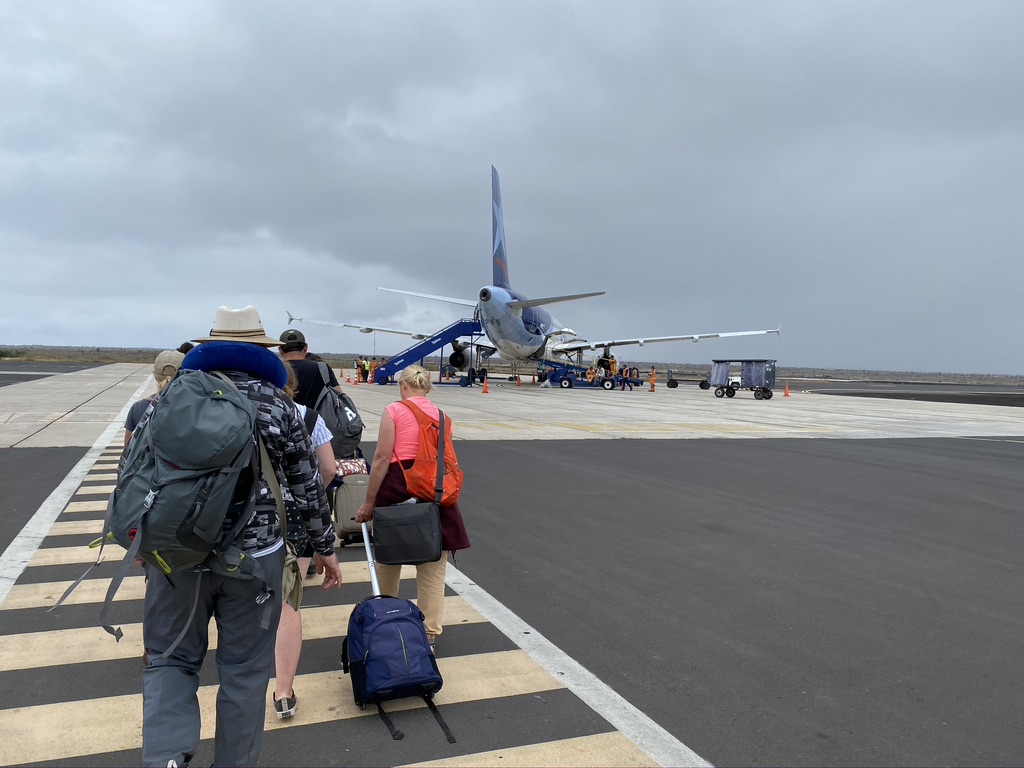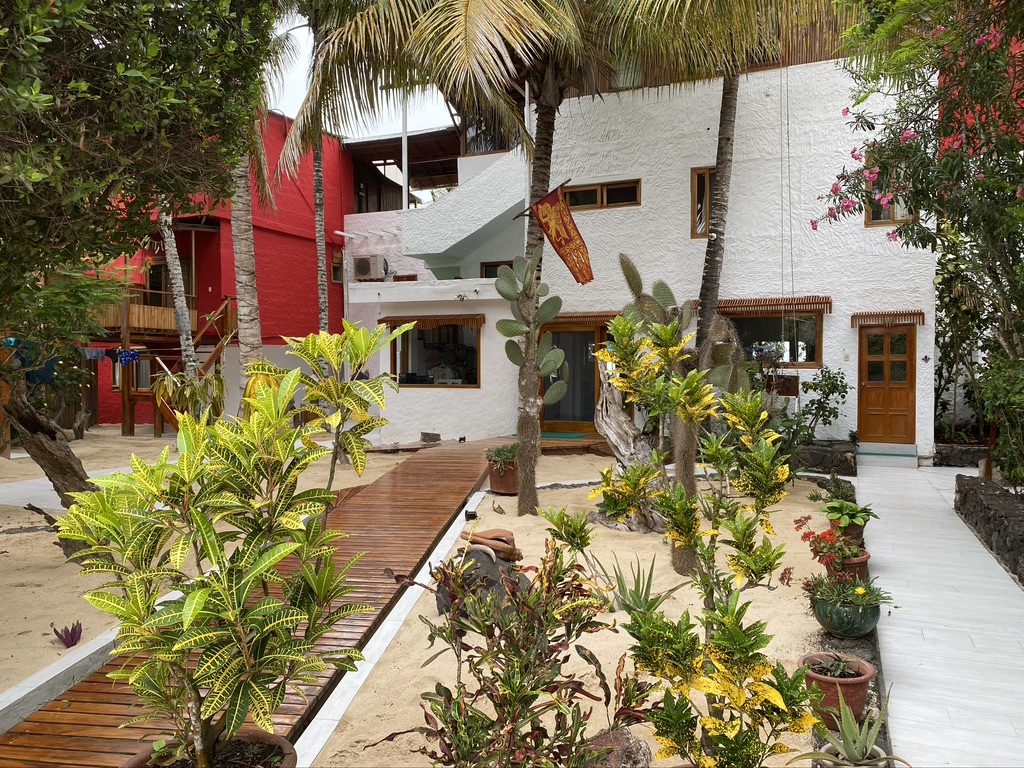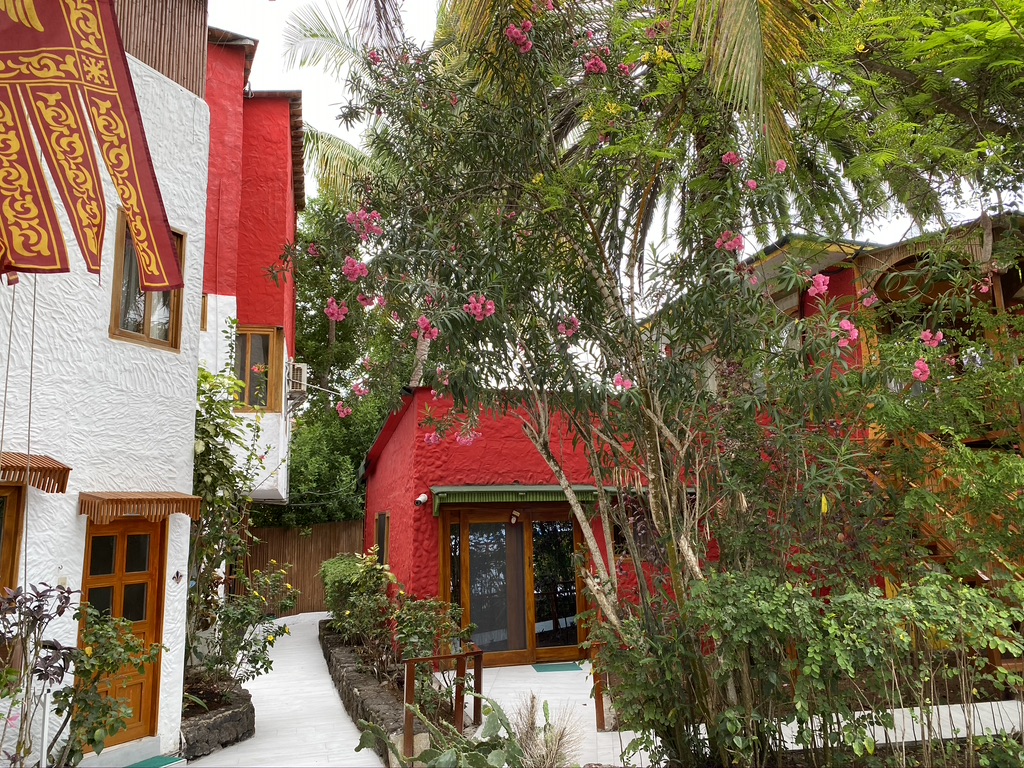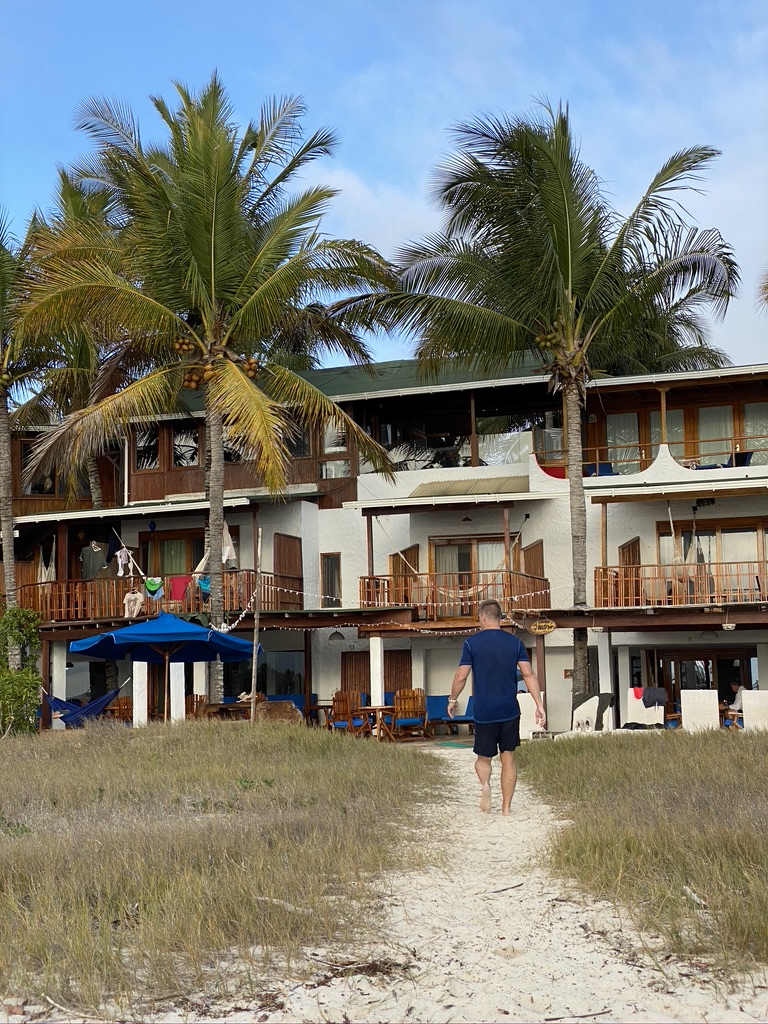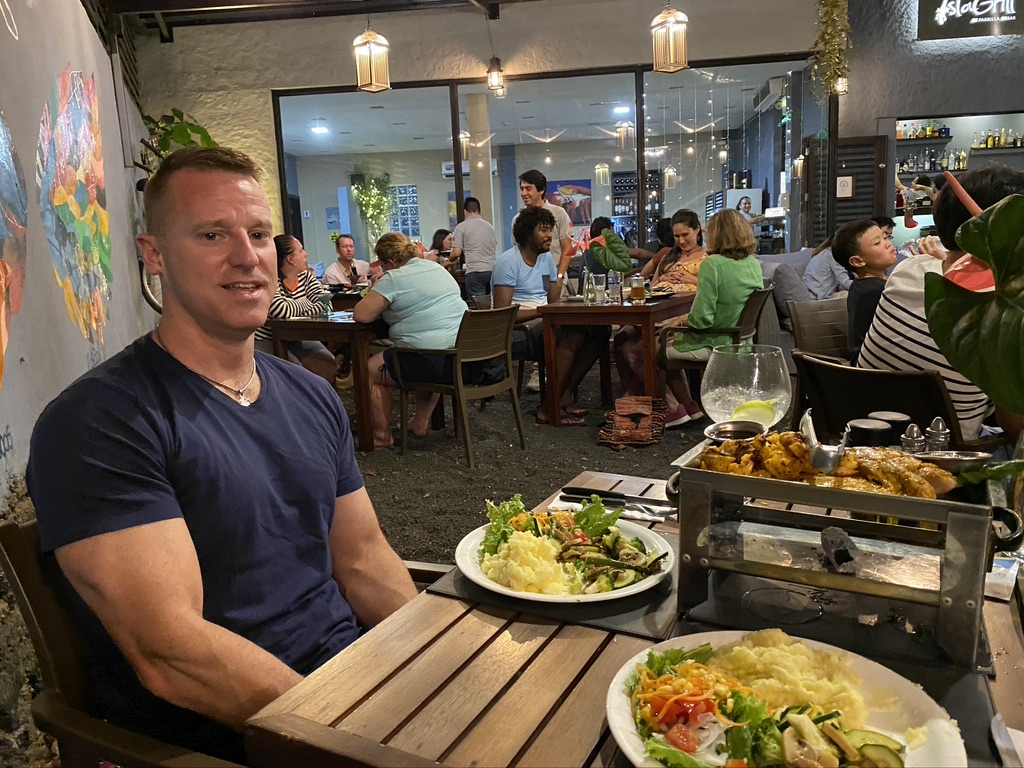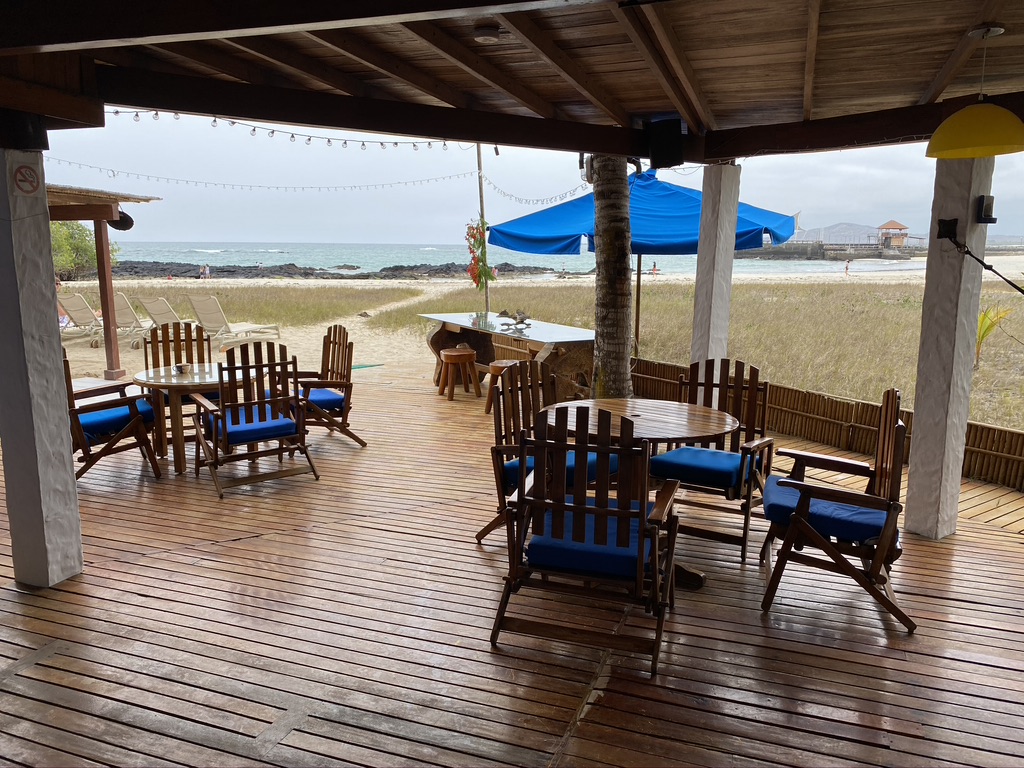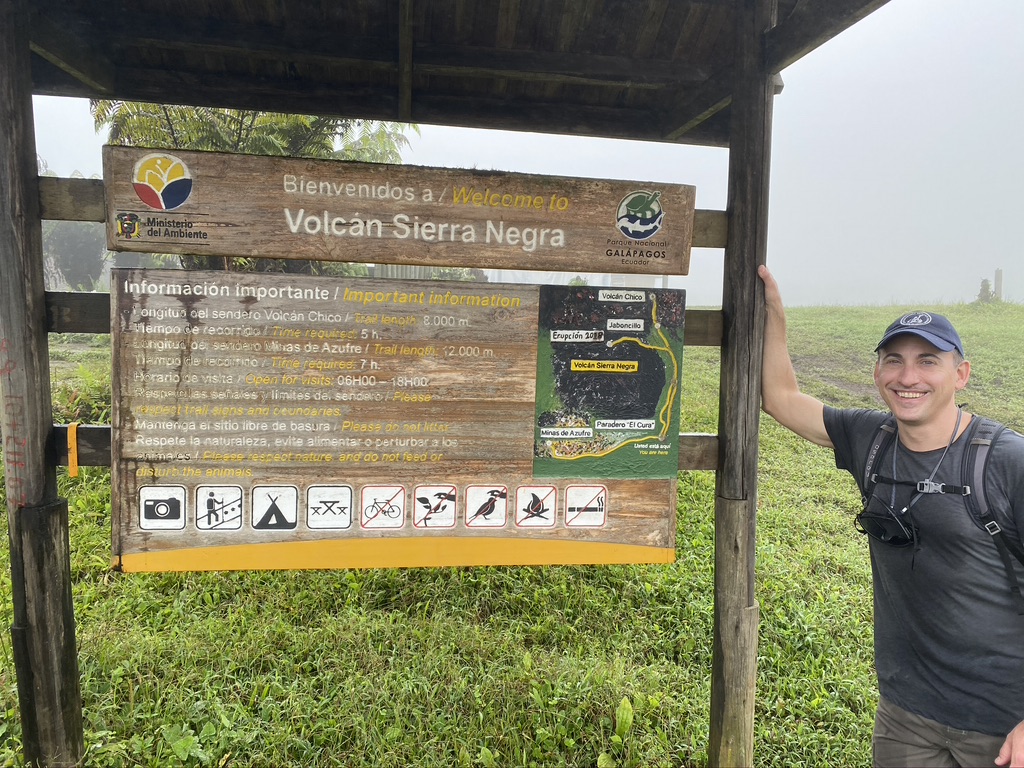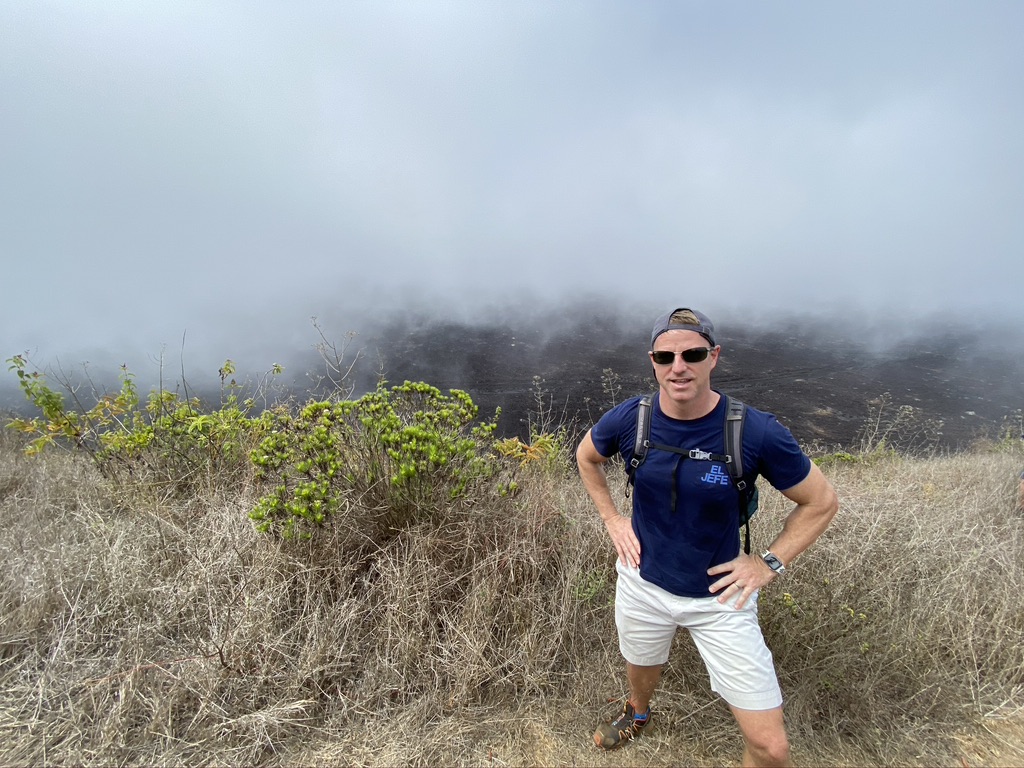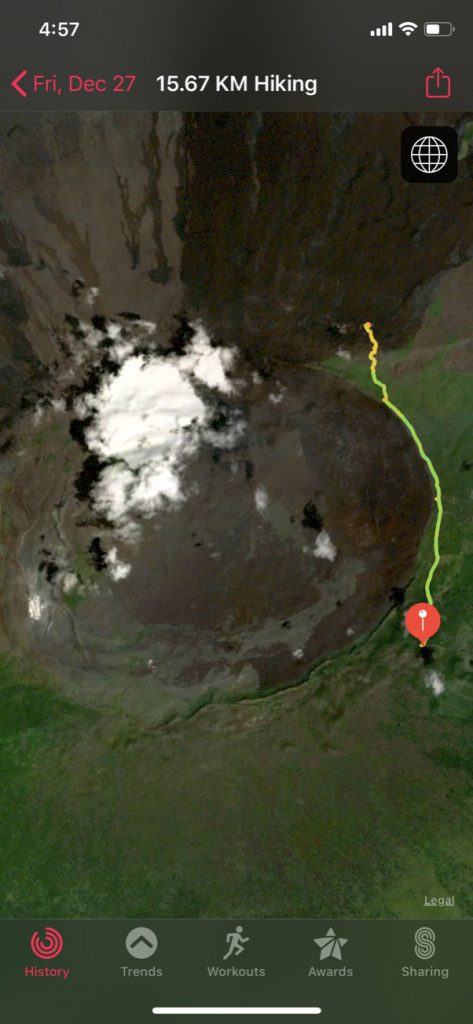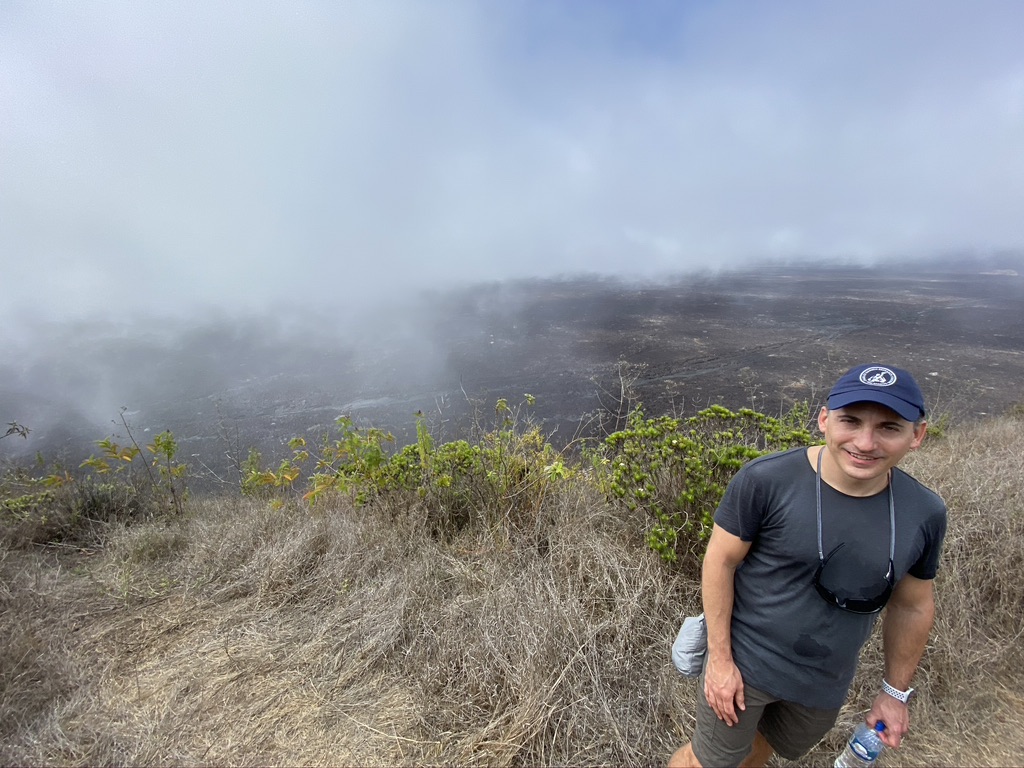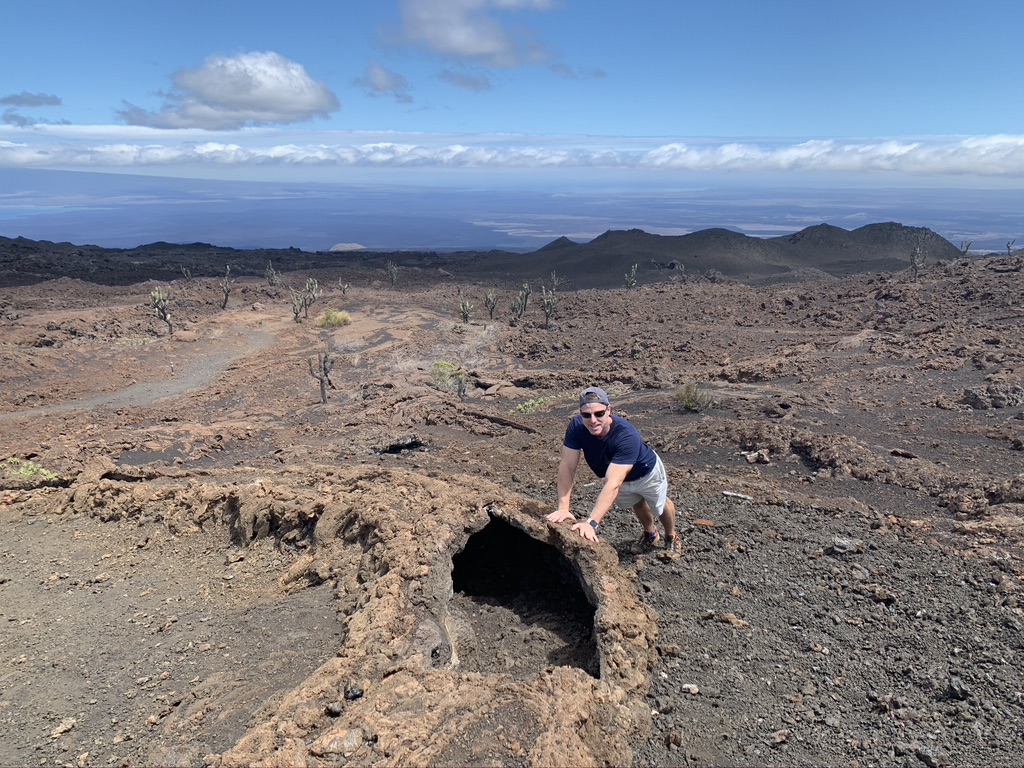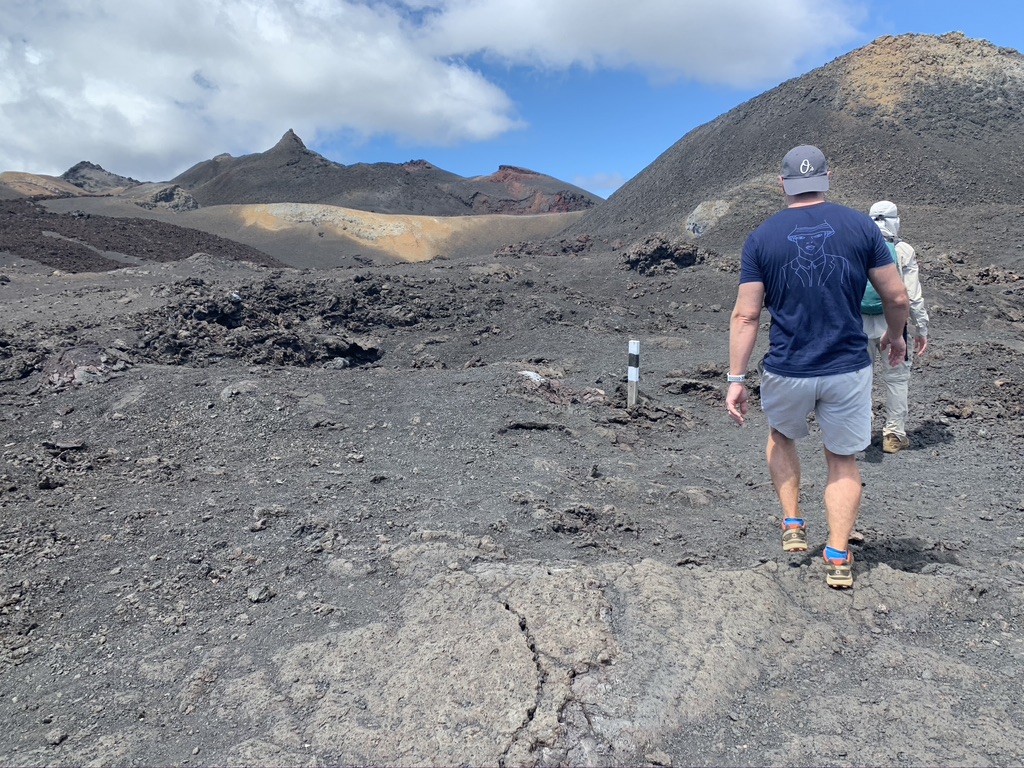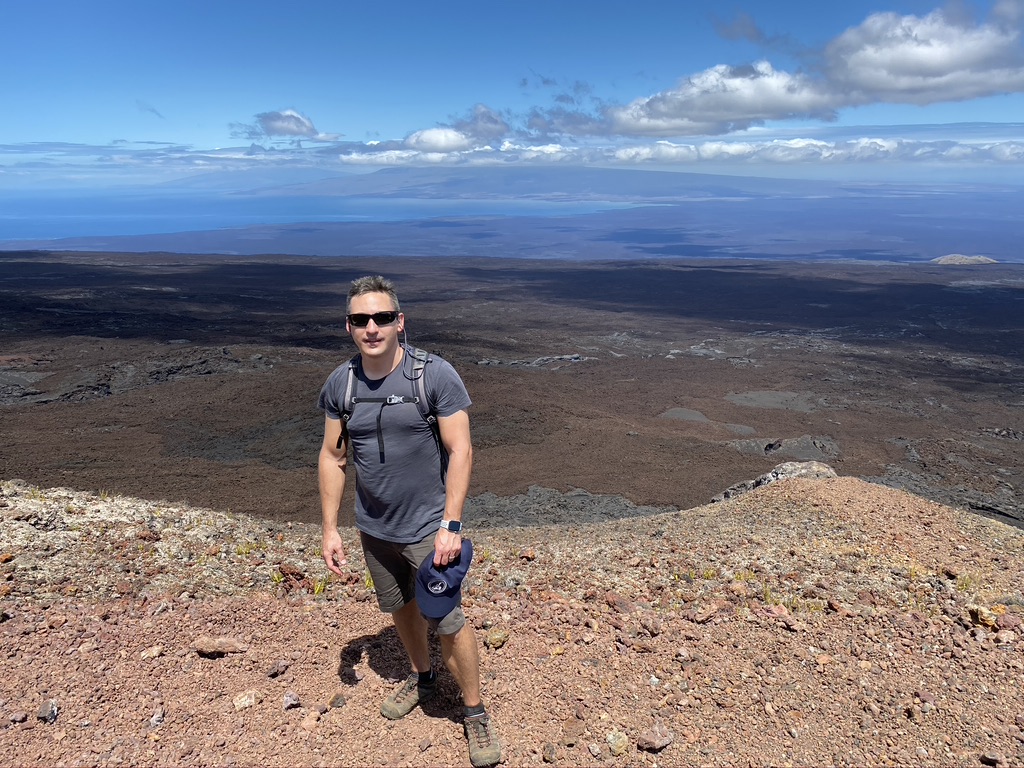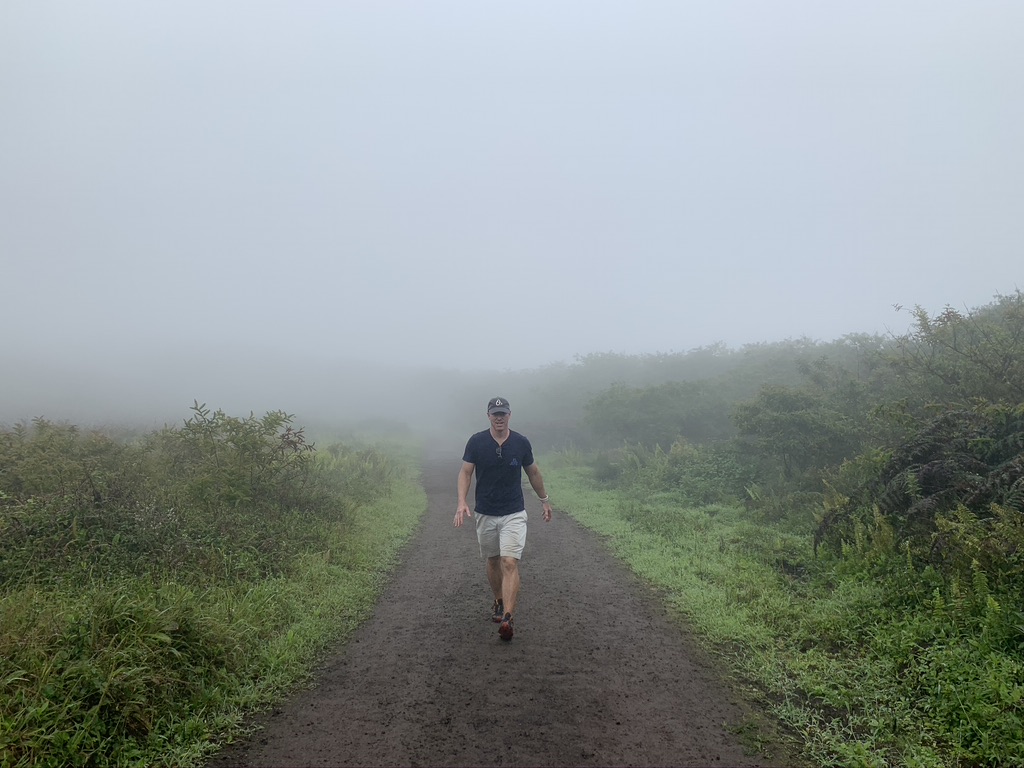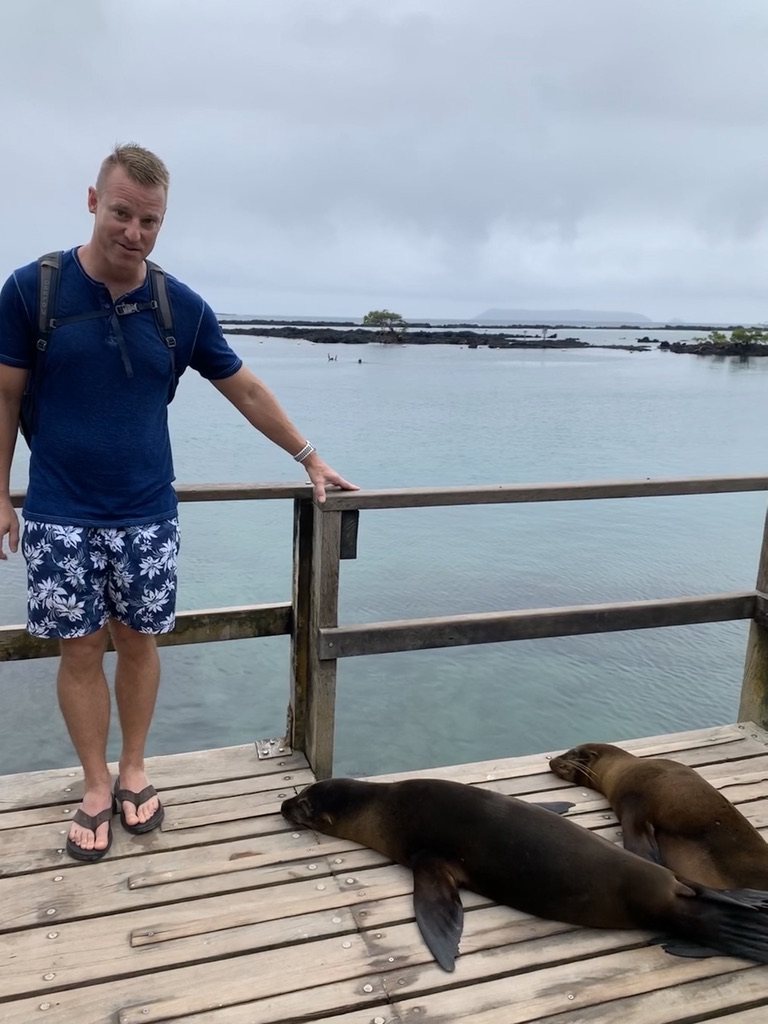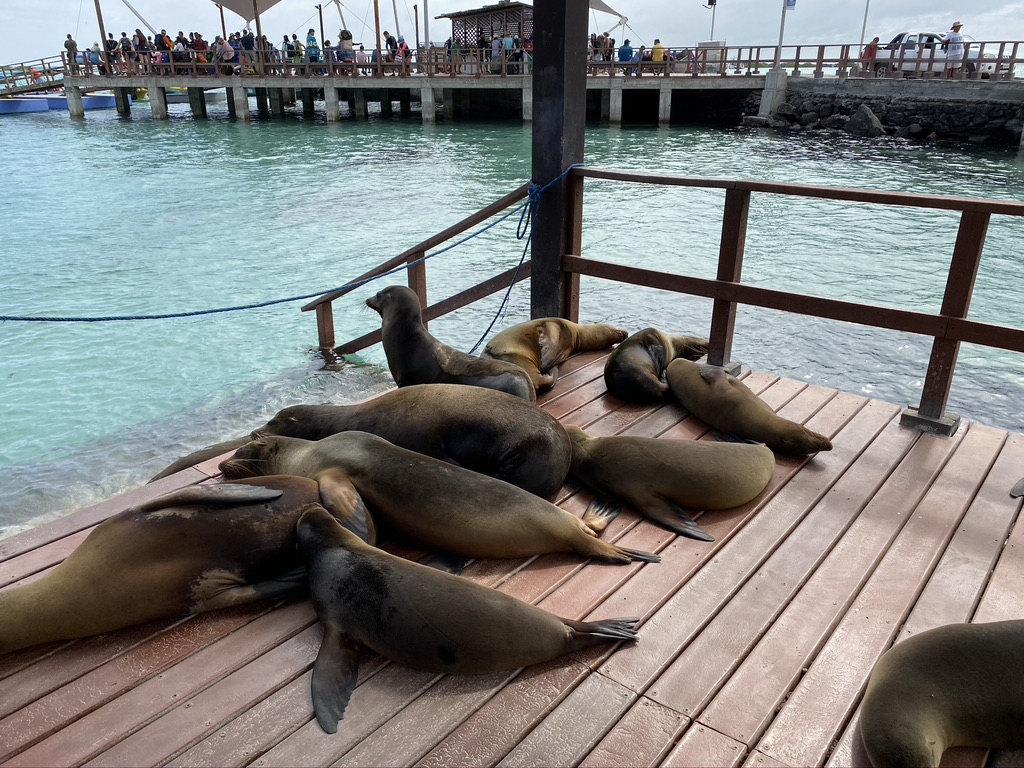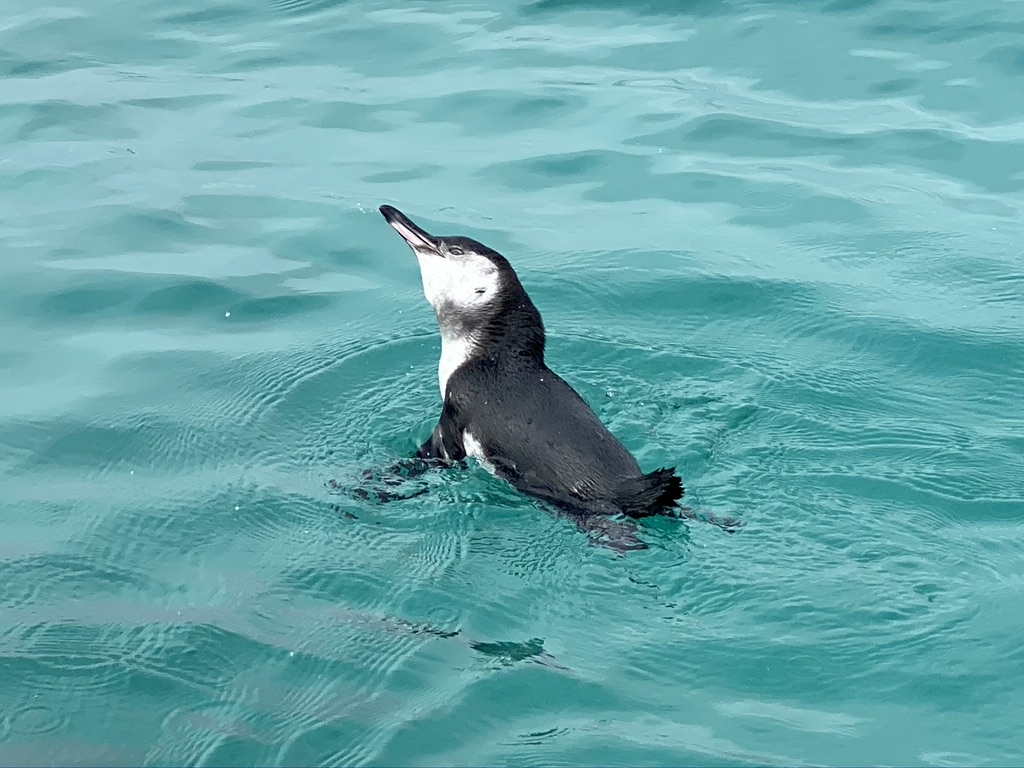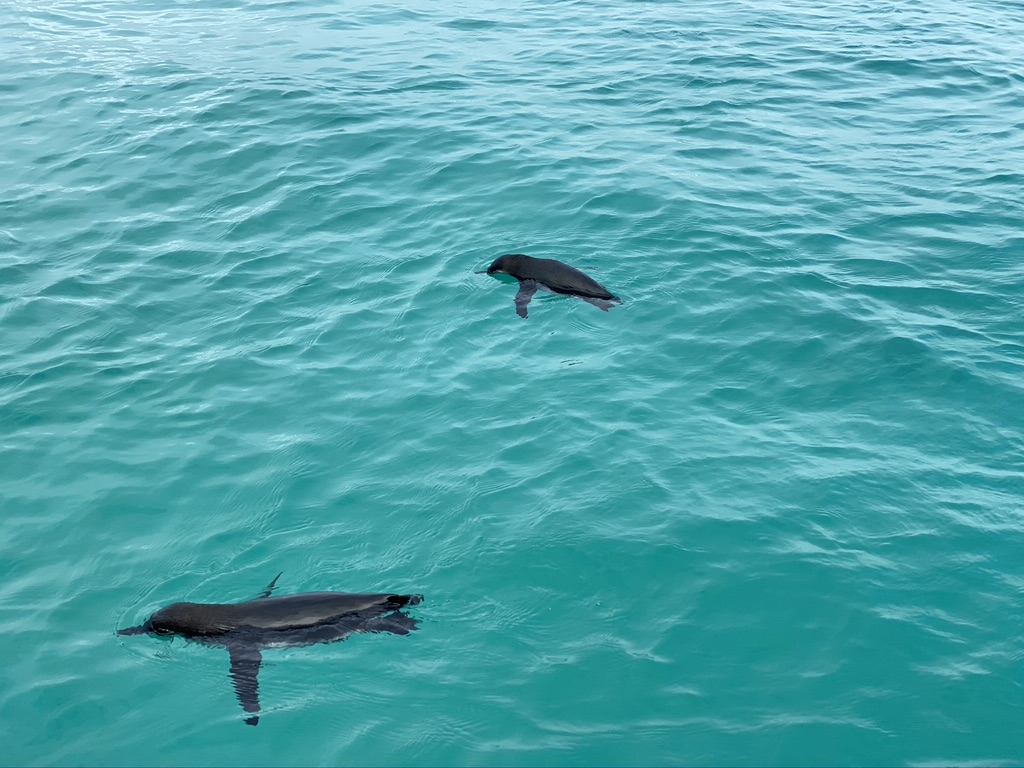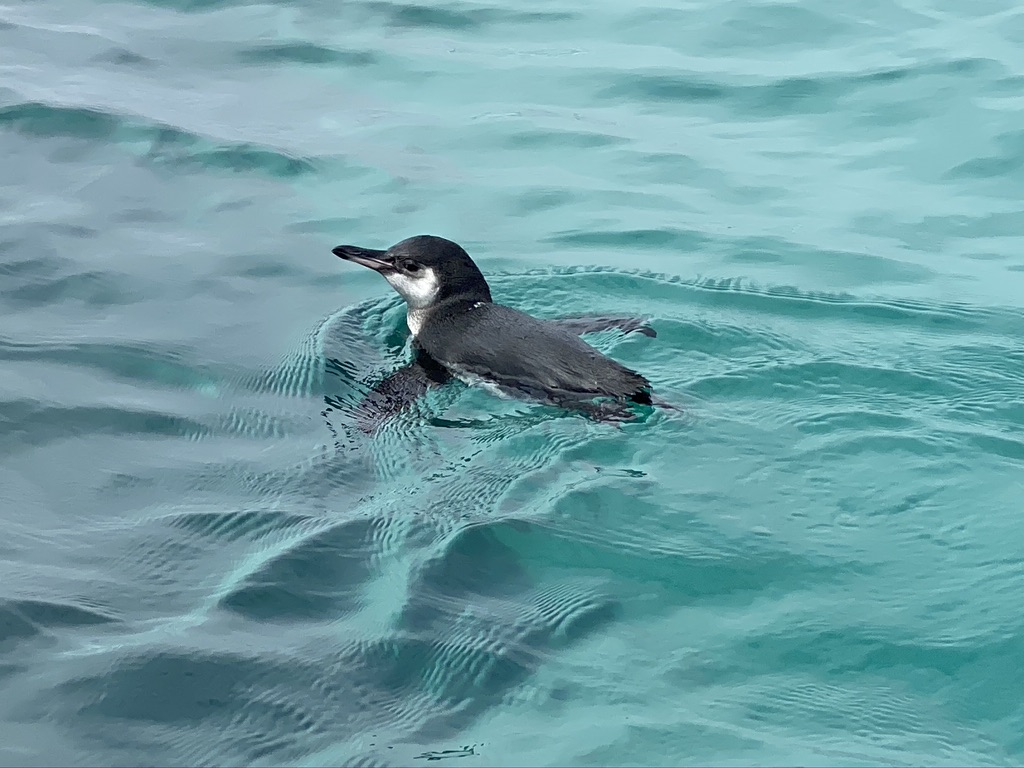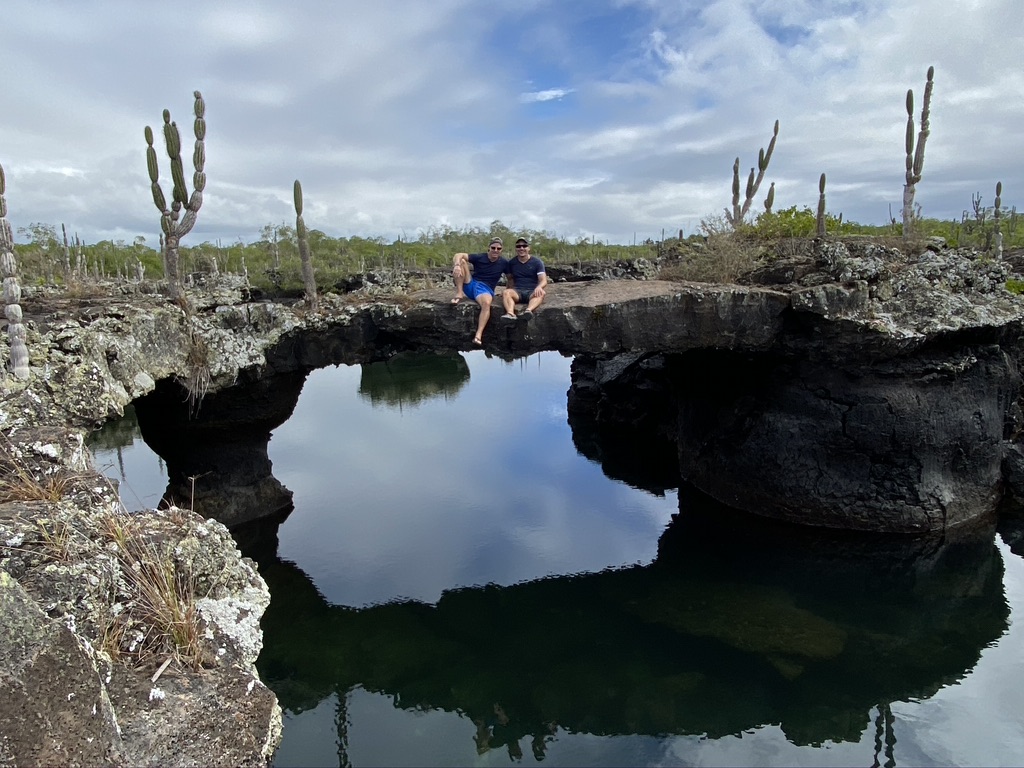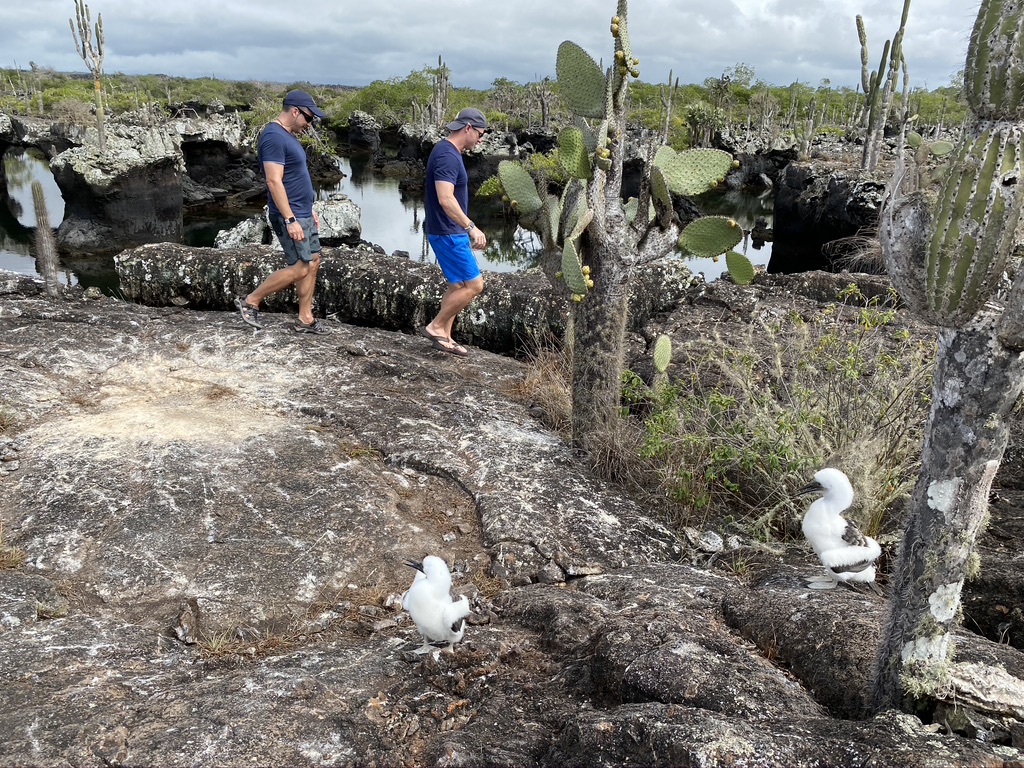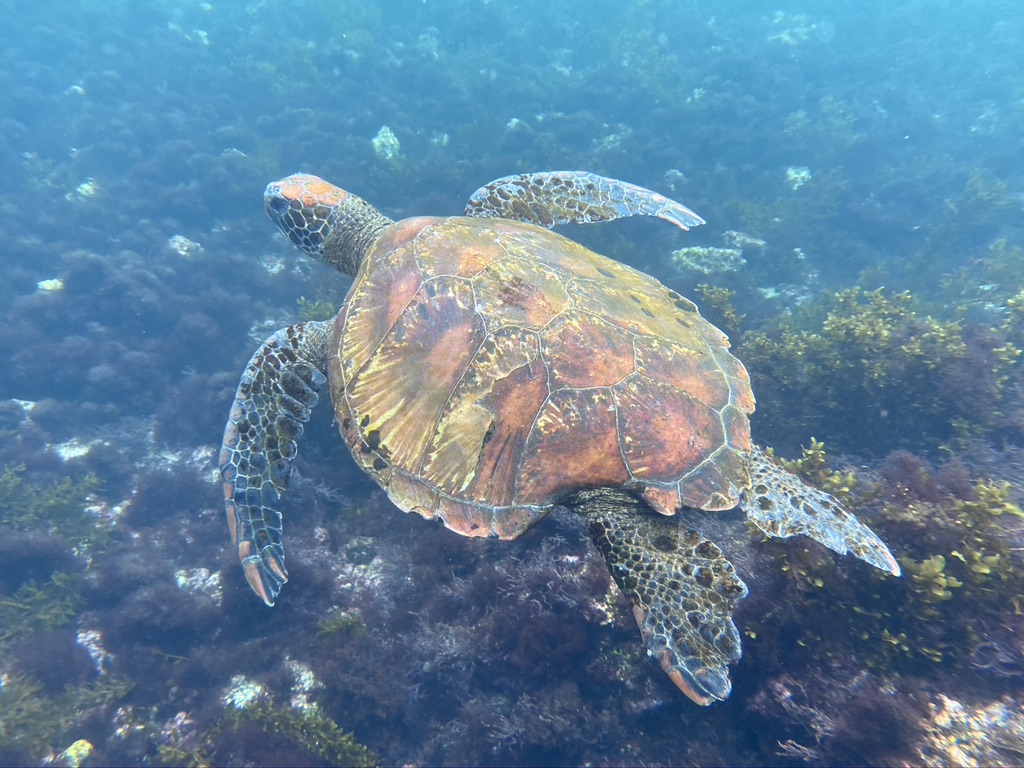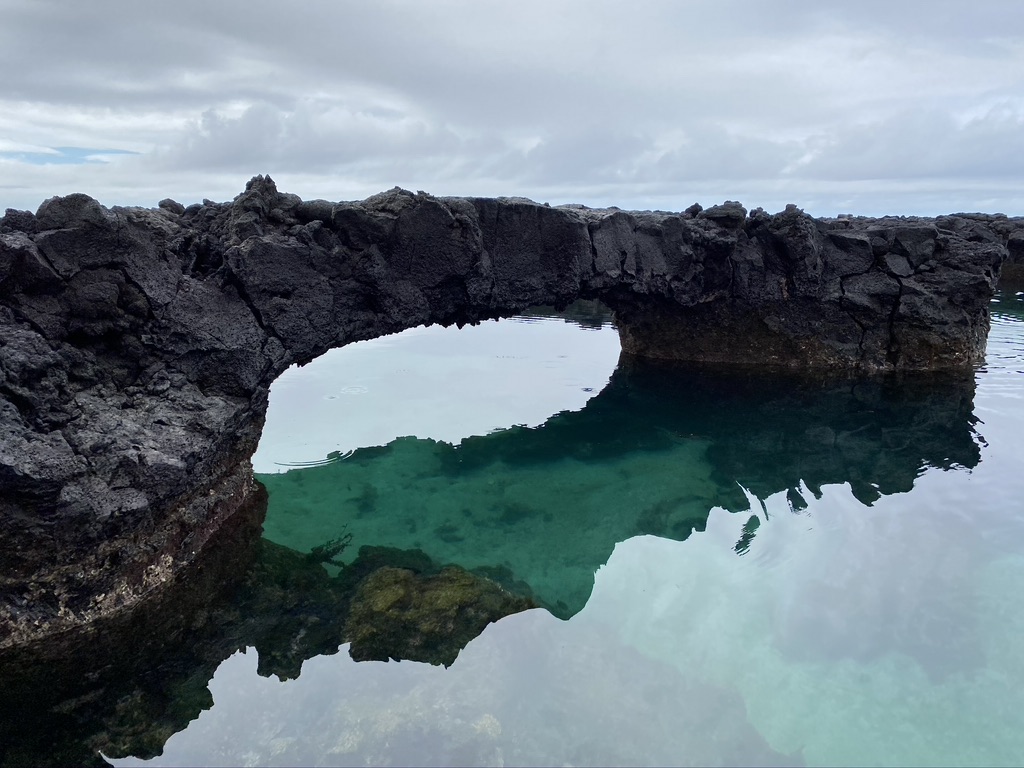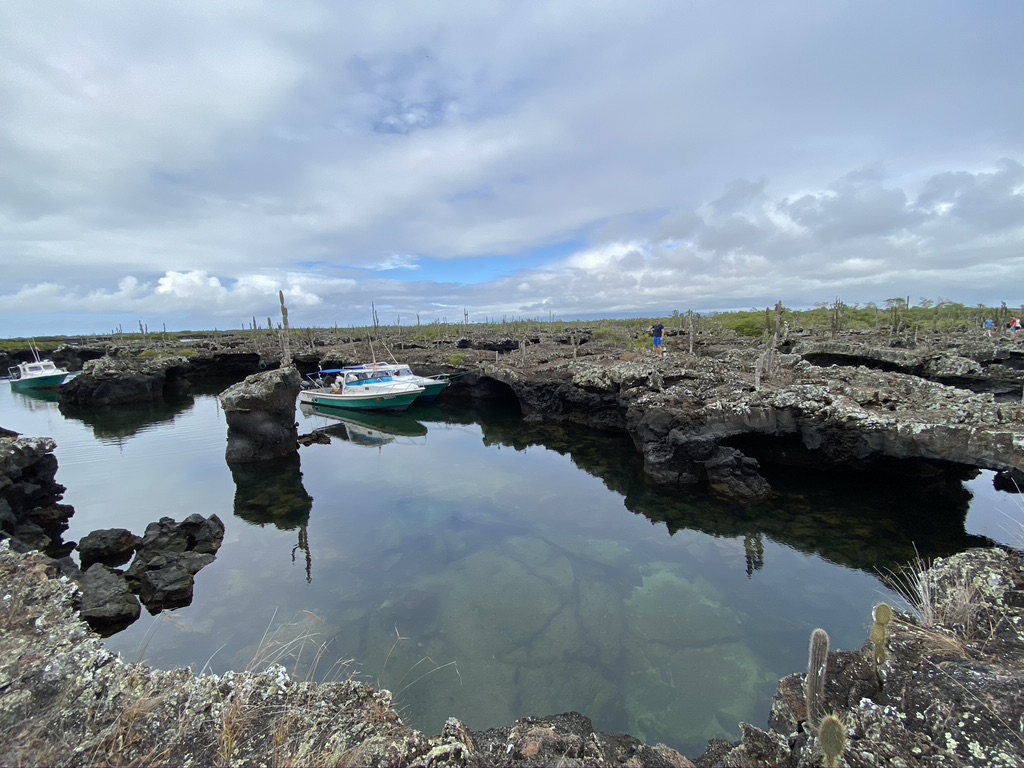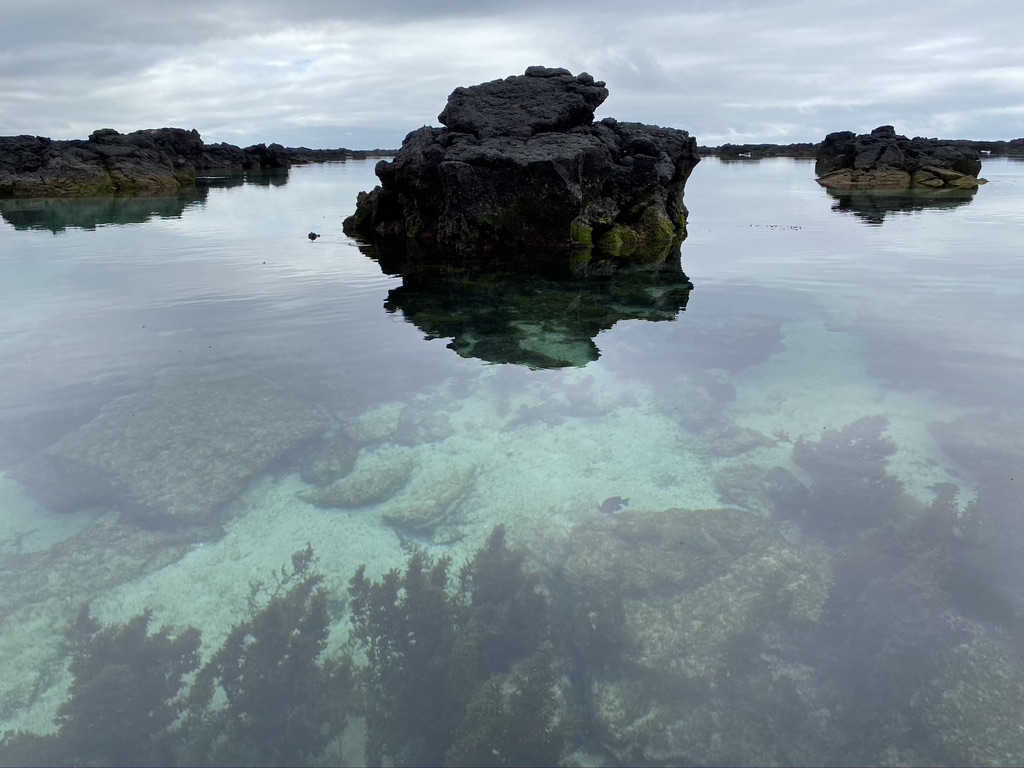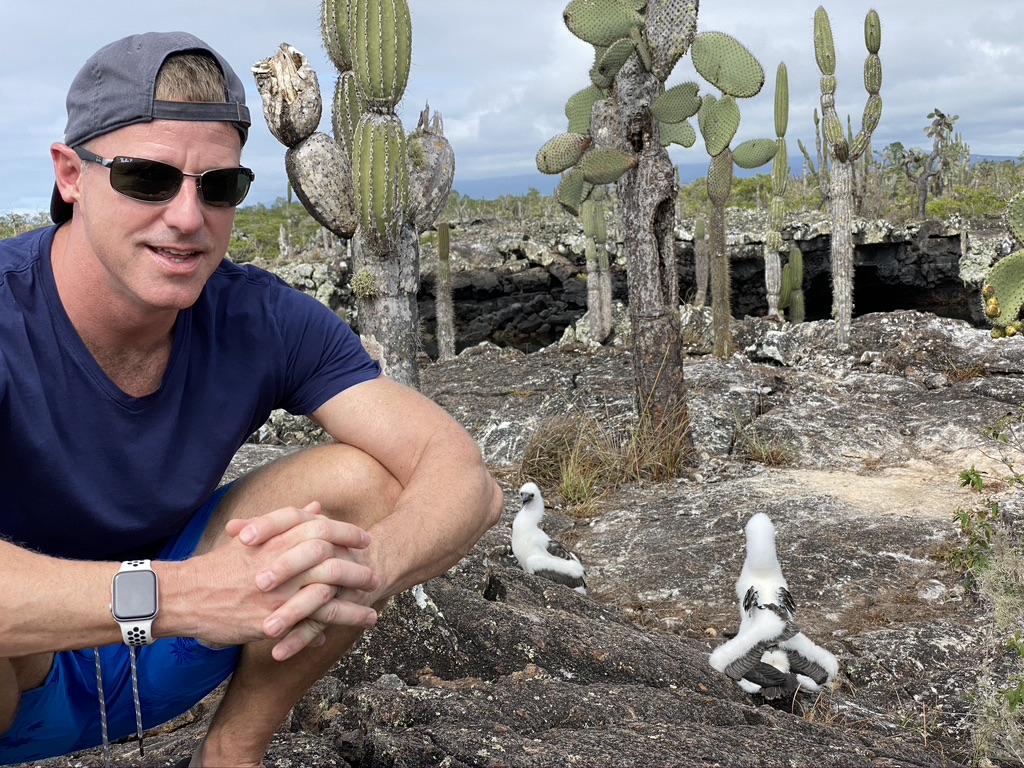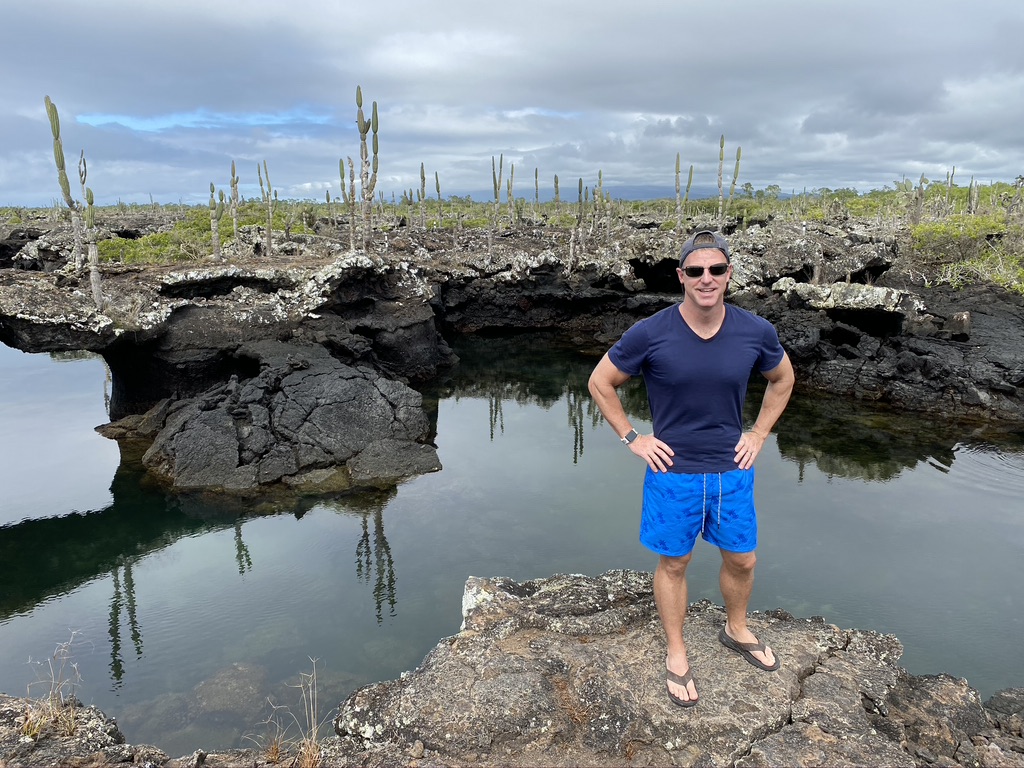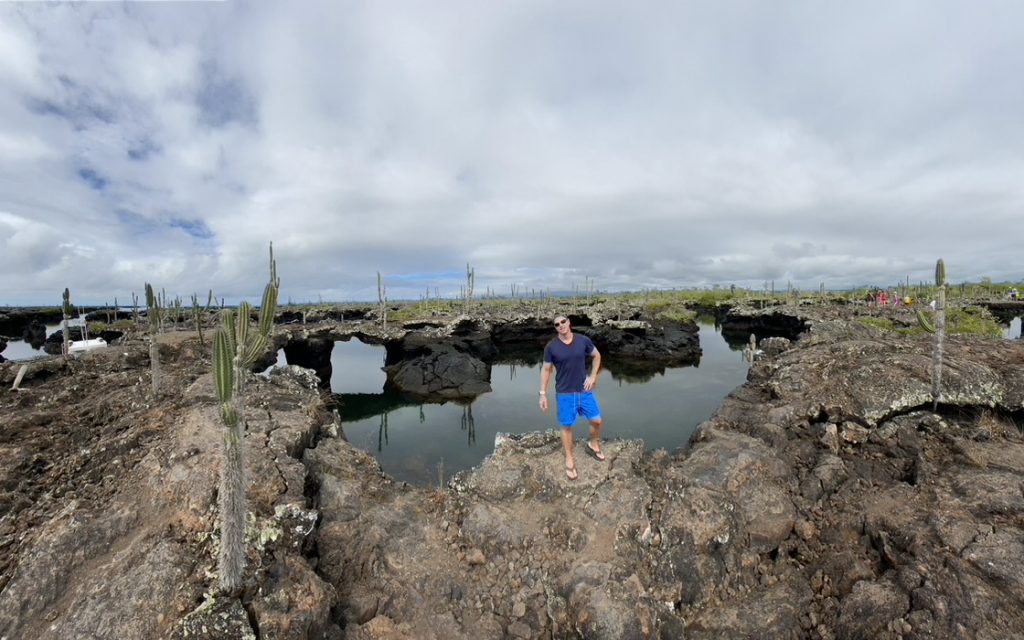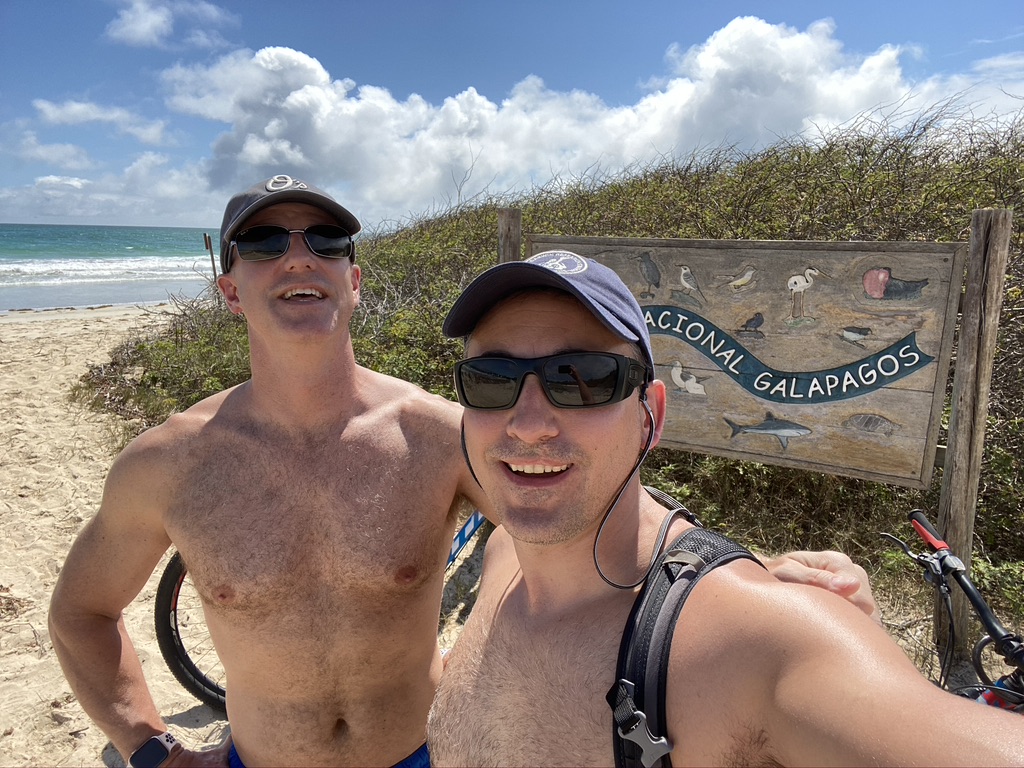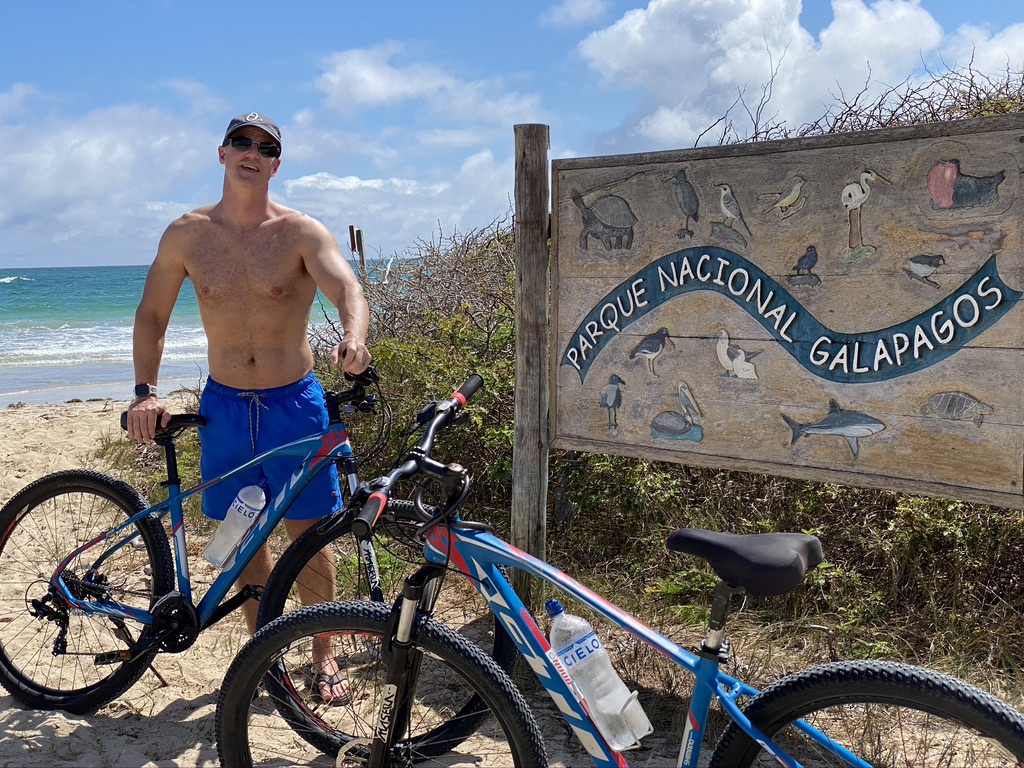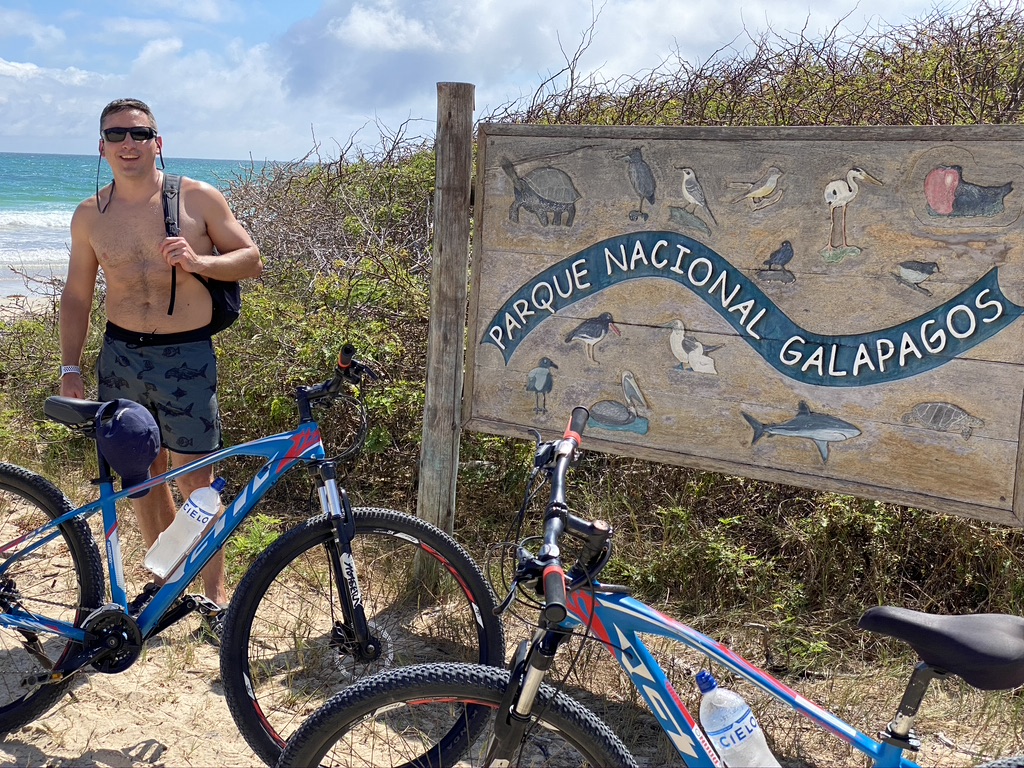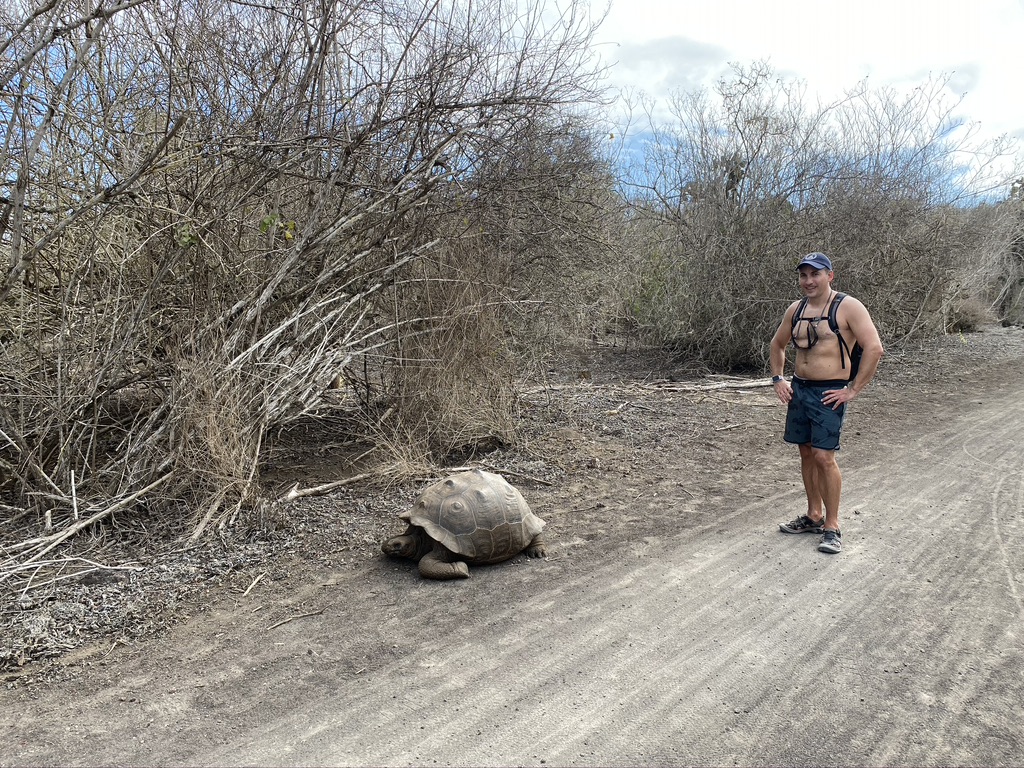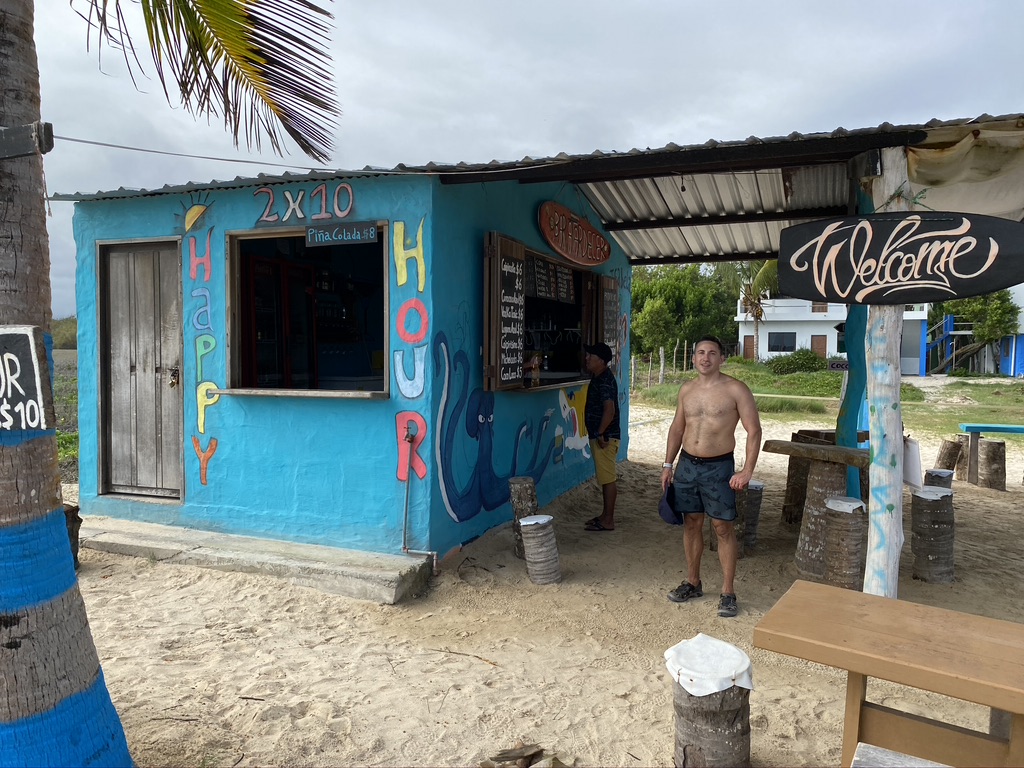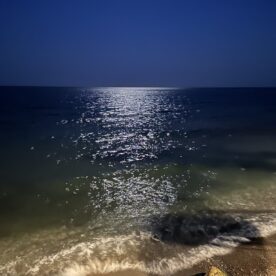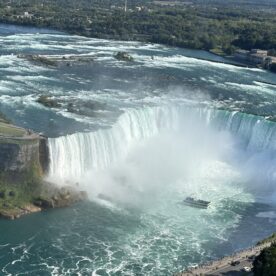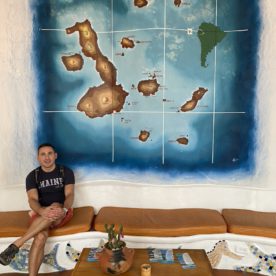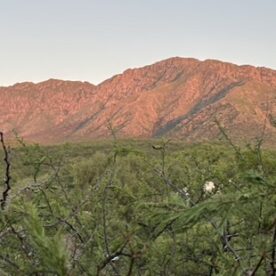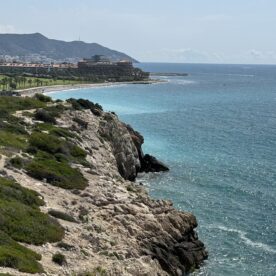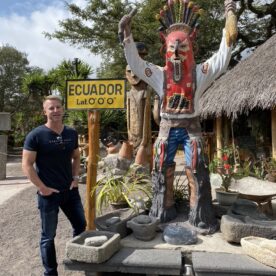Isabela: The Grand Finale of Our Galápagos Adventure
After swimming with sea lions at San Cristóbal, observing giant tortoises in Santa Cruz’s Highlands, and encountering boobies, sea turtles, fish, and sharks over the past few days, we wondered what Isabela could possibly add to our Galápagos adventure. As it turns out, quite a lot! The moment we stepped off the ferry, it became clear that our travel agent had saved the best for last.
At nearly 1,800 square miles, Isabela is by far the largest of the Galápagos Islands, dwarfing the others like a giant among dwarfs. Still in the throes of geological formation, the island boasts five active volcanoes and vast tracts of barren lava fields, making it the least hospitable of the three inhabited islands. Despite these challenges, the 2,000 residents who call Isabela home are a lucky bunch.
With its well-manicured hotels, long white sandy beaches, and a quaint village square lined with excellent restaurants, we found Isabela to be the most luxurious of the Galápagos islands. But be warned: while dining is top-notch if you stick to the locally harvested bounty of fish and vegetables, “American” food is a different story. Imported frozen pizza, for example, will set you back $35. However, there’s a silver lining to embracing the native diet: Ramiro and I shed 10 pounds during the vacation—a first we’d both like to repeat!
Travel Tip: when given the option we chose a land-based excursion over a cruise. None of the islands have deep water ports or large docks. Tiny skiff boats are the only means of ferrying visitors between ships and islands, slowing and complicating access to restaurants and tours. And, of course, the meaning of Pacific and its reality are very different; I’m extremely glad we slept in beds anchored on land.
Volcán Sierra Negra: A Journey into the Heart of the Island
Our first tour on Isabela was advertised as a moderate hike along one side of the island’s largest caldera, Volcán Sierra Negra, to a lookout point where lush highlands give way to barren lava fields.
“Today we will be hiking 15 kilometers, climbing 1,706 meters (5,599 feet) along Volcán Sierra Negra and into its lava fields so you can see how life emerges very slowly from a volcano,” our guide began as the van pulled away from the hotel. “With a circumference of exactly 26 miles, Sierra Negra is the largest caldera in the Galápagos. The hike will begin in cold mist until we pass the caldera, where temperatures will quickly soar as we descend into the lava fields. The last eruption was in 2005, and there have only been 18 earthquakes since, so we should be fine today,” he added with a grin.
If you can time reaching the summit around midday when the mist clears, the view is nothing short of spectacular. The summit offers panoramic vistas of Isabela, with the distant Fernandina and Santiago islands visible on the horizon. The site also provides a vivid illustration of the destructive and life-giving forces of volcanoes. Looking northwest, you see the stark, lifeless lava fields, a testament to the power of the 2005 eruption. But turn southeast, and you’ll witness lush greenery, made possible by the very same volcano that created the cliffs trapping the sea’s moisture.
Experts estimate that after the Galápagos Islands burst into existence, it took around 1,000 years for the ecosystem to establish itself, and another 25,000 years to fully mature. The journey down Sierra Negra felt almost as slow as evolution itself. Despite our experience with long and rugged hikes, navigating the misty, slippery slopes required patience and care. My advice to fellow travelers: always ask for precise descriptions of tours so you can gauge what “moderate” really means and prepare accordingly.
Pearl Shell Bay: A Snorkeler’s Paradise
After a long, hot day on the volcano, the hotel manager suggested we grab our snorkeling gear and head to Pearl Shell Bay. With only a small opening to the sea, the shallow bay offers warmer waters and serves as a playground for baby sea lions. A raised boardwalk leads visitors above the tangled roots of red mangroves, ending at a square platform where you can stash your dry gear and dive in—assuming you can find a way around the lounging sea lions!
Pearl Shell Bay is a must-see! Even after multiple encounters with baby sea lions, trust me—you never, ever, ever get tired of it. The calm, warm waters provided the perfect environment to explore more aquatic life and soothe our aching muscles. Pearl Shell Bay will forever be etched in my memory as the only place where I’ve ever spotted a sea turtle having a snack.
Travel Tip: buy and take your own snorkel and fins. Organized tours provide them but equipment can be rough. You’ll also have gear handy for quick swims in beaches and bays, where we found the sea lions most playful.
Penguins and Seahorses: A Rare Sight
The next few adventures took us back to the water, where we sought out the last two species we hadn’t yet encountered: Galápagos Penguins and Pacific Seahorses.
The Galápagos Penguin is the only penguin species native to the Northern Hemisphere, but only by a hair. Had they set up their colony on the other side of the island, they’d be a Southern Hemisphere exclusive. If you’re hoping to see these elusive birds, pack your patience! We met several tourists who had spent days on the water without a single sighting.
The Pacific Seahorse, on the other hand, is found in sub-tidal seagrass meadows off Isabela’s coast—their only known oceanic population. They are equally tricky to spot. Without our guide literally grabbing me by the head and pushing me into a patch of seagrass where one was nesting, I would have never seen it. But there it was, delicate and mysterious, like something out of a fairytale.
Los Tuneles: A Natural Labyrinth
Our final aquatic adventure was a day trip to Los Tuneles, a marine sanctuary that is nothing short of magical. Los Tuneles is a maze of lava tunnels and bridges, both above and below the water. These unique formations slow the ocean currents, providing crystal-clear waters that allow you to see marine life at depths of 30 feet or more. The bridges, meanwhile, offer the perfect backdrop for that Instagram-worthy vacation photo! Visiting Los Tuneles requires advanced planning and a keen understanding of tidal conditions—another reason we were glad to have used a travel agent. Access is only possible at low tide, when captains can safely navigate the treacherous terrain.
Travel Tip: leave the kids at home. There is no internet to speak of, very few power outlets, no junk food, and tours require a lot of patience and stamina. If you can’t imagine your kid living in a truck stop motel without internet access, spending 10 hours a day in the outdoors, and only eating grilled fish and vegetables for weeks … think twice about bringing them. Most kids and teens we came across were miserable.
The Last Day on Isabela: A Perfect Ending
Our only unstructured day on Isabela was the last, and the locals recommended we rent bikes and ride west out of town along a trail by the shore to a fire tower. There’s only one sandy road heading west, and it’s a dead end, so getting lost was not a concern.
Fueled by beautifully strong Galápagos cappuccinos (seriously, why can’t Americans make good coffee?), we set off to casually explore the national park. We hopped off our bikes frequently to swim, snorkel, and cross paths with giant tortoises on their way to the sea. We capped off the ride, the day, and our visit to the islands with drinks at the local hangout, Sand Bar, while we discussed our upcoming adventures in Quito, the Equator, and the start of our journey into the Amazon.
Gapápagos: Once in a Lifetime Adventure
After days spent swimming with playful sea lions, hiking volcanic calderas, marveling at giant tortoises, and snorkeling alongside penguins and seahorses, our journey through the Galápagos has been nothing short of extraordinary. Each island offered its own unique adventure, from the lush Highlands of Santa Cruz to the rugged, volcanic landscapes of Isabela. The wildlife, untouched landscapes, and rich history of this remarkable archipelago have left an indelible mark on us, making it a once-in-a-lifetime, bucket list experience. As we bid farewell to these enchanted islands, we carry with us memories of a world where nature still reigns supreme—a world that, for a brief moment, we were privileged to be a part of. Until next time, Galápagos, and may your wild wonders continue to inspire all who visit.
